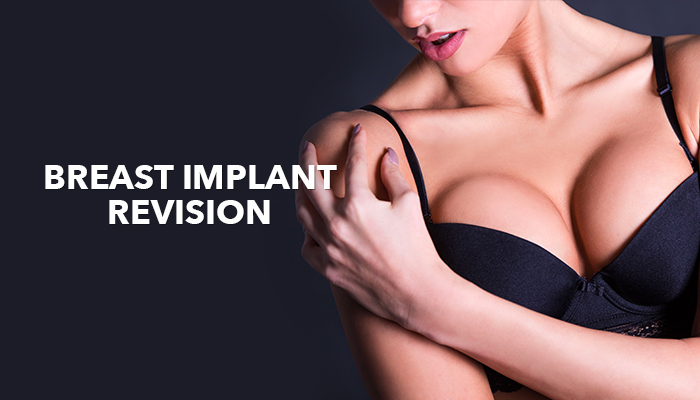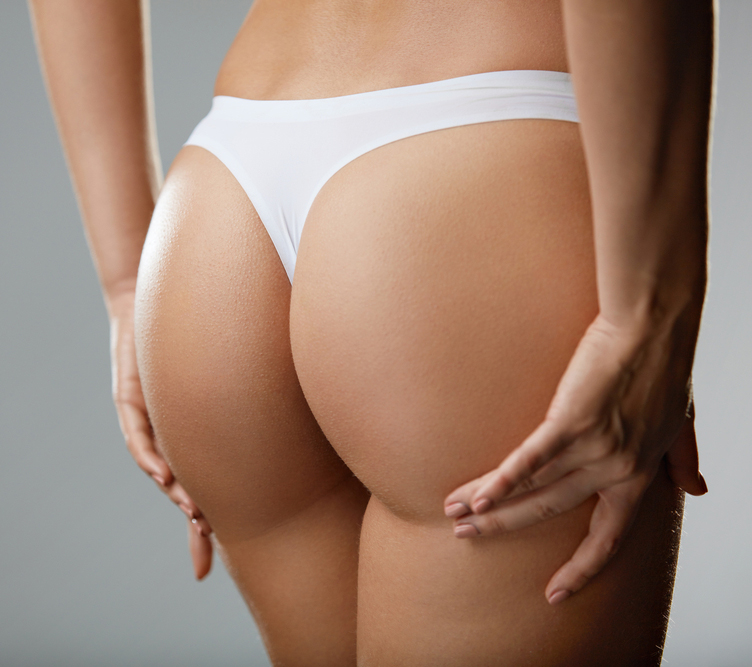
In many occasions, breast reconstruction involves total or partial removal of either one or both breasts. Many of you know this procedure as mastectomy. After this procedure, a breast reconstruction can be done to take care of the psychological impact the procedure has caused. Breast reconstruction helps individuals feel better and regain their self confidence again as they recover. This article discusses the basics of breast reconstruction and different types of it. It also talks about how you can decide which type or beast reconstruction is best for you, its risks and recovery. To begin with, let’s understand what breast reconstruction is.
What is Breast Reconstruction?
Just like I mentioned earlier, breast reconstruction helps individuals regain their confidence back after having a mastectomy. The main aim of breast reconstruction is reshaping or reforming one or both breasts after lumpectomy or mastectomy. Mastectomy is a form of surgical procedure where a surgeon removes the breast including the areola and nipple, to prevent or treat breast cancer. Lumpectomy, on the other hand, is the removal of a section of a breast that contains a small tumor.
Although there are many factors and considerations that can help you determine the best type of breast reconstruction, there are two most reliable ones:
- Prosthetics or implants: This type of breast reconstruction surgery uses saline implants or silicone.
- Skip flap surgery or Autologous: This type of breast reconstruction surgery uses tissue from another body part.
In some rare situations, a surgeon might apply or use a combination of these two types. This helps create a natural reconstruction of either one or both breasts.
There are other techniques that can help the surgeon in charge reconstruct the nipple that surrounds the area if the treatment has affected it. As much as many patients prefer breast reconstruction done after treatment, it can also take place during lumpectomy or mastectomy. This process is known as immediate reconstruction.
Delayed reconstruction, which a good number of patients opt for, happens after reconstruction. In this case, an individual might opt for a reconstruction after the wound has healed and also other forms of cancer have ended.
Types of Breast Reconstructions
This sections discuses the different types of breast reconstruction surgery.
Implants
When using implants to reconstruct a breast, a surgeon will insert saline or silicone implants underneath the muscle or skin, this replaces the previous breast tissue. In most people, this process involves two stages. In the first stage, the surgeon will place a tissue expander underneath the pectoralis muscles or breast skin. This expander functions as a temporary implant that will gradually stretch the tissues remaining. After this process is done and the individual heals, the surgeon will then inject salt water or sterile saline through the skin into the expander once a week. It will make the balloon gradually grow, stretching out the overlaying muscle and skin until the affected breast reaches the size an individual is comfortable with. Once these chest issues heal and the surgeon adds sufficient saline to the expander in preparation for implant insertion, they then move to the second stage which involves inserting the implants.
In the second stage, the surgeon will remove the tissue expanders and replace them with saline implant or silicone. This will reopen the initial original scar. During this procedure, no new scars are left on the chest. In some rare situations, a surgeon places a permanent silicone or saline implant during mastectomy without using the tissue expander.
Skin Flap Surgery
During this surgery, the surgeon will take a tissue from a different body part and move it to the chest in a bid to rebuild the breast. In most cases, the surgeon usually removes tissues from the abdomen. The tissues might also Coke from other areas other than the abdomen like back, buttock or thigh. This type of surgery is highly sophisticated since it involves the transfer of tissue from one area to another. There are two methods that can be used for this surgery.
Free flap surgery – In this surgery, the surgeon will completely remove the blood vessels and the tissue that supply circulation of blood for breast placement. They will then stitch the blood vessels into others in the intended area of placement. Oftentimes, these vessels are usually very small, so surgeons use a microscope to sew them up in process called microsurgery.
Pedicle flap surgery; in this type of surgery, a surgeon doesn’t remove the transplanted tissue from the vessels. Instead, the tissue will remain attached to the body, and the surgeon rotates it into the chest to form a firm breast. Just like the other type, a surgeon takes tissues from the back or abdomen for pedicle flap surgery.
Deciding to Have A Surgery
When deciding to have a breast reconstruction surgery, they are various key factors that an individual should discuss with their doctor. Choosing a breast reconstruction surgery is a personal choice. Normally, many women grief over losing their breasts or experience self image problems and severe anxiety after mastectomy. For these reasons, many go for breast reconstruction. These are the important decisions to make:
- The type of surgery you’ll undergo.
- Whether to have both breasts operated on to match the reconstructed other beast.
Some other factors that aid an individual decide the best type of reconstruction include:
- The individual’s body type, slimmer people might not have enough tissue on other body areas to do a skin flap surgery.
- Overall health: Whether the individual smokes or not, severity, the location and cancer types.
- Other forms of treatment: Such as chemotherapy or radiation that the individual might have been given.
- Whether the reconstruction is to be done on one or both breasts.
- The number of breast reconstruction surgeries an individual is willing to undergo.
Conclusion
As much as breast reconstruction is an effective way of regaining the shape of breasts, some individuals might need more than this procedure to fully reconstruct their breasts and regain their shape.












